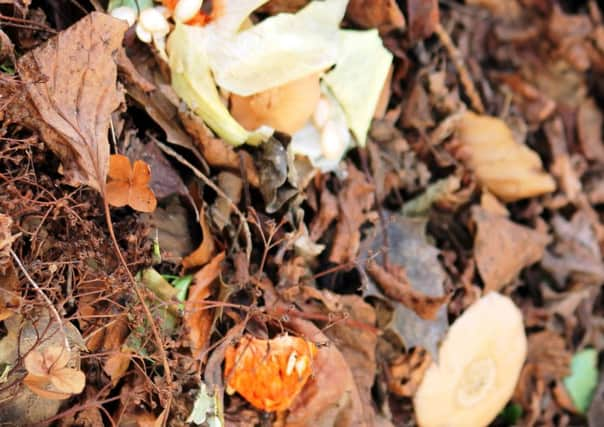Waste not, want not... go build a compost bin


This is the time of year when gardeners are digging deep to harvest all the detritus which has been slowly transforming into the lovely, crumbly, rich compost beloved of plants.
There is now so much compostable material available that it seems a travesty to bag it, load it into the car boot and transport it to the local tip. A compost bin is worth its weight in gold – but a lot of proprietary brands are so expensive (and not quite fit for purpose) that it probably pays to make your own.
Advertisement
Hide AdAdvertisement
Hide AdThe much-missed gardener Geoff Hamilton built his own; big, sturdy, simple but effective, and his version is still one of the best there is. And once you’ve got your compost bin built and working, it requires little work to reap the benefits year after year. If you get the technique right, you can create a surprising amount of compost in just a few months. The key to a success is layering.
It’s also a bit of a therapeutic pastime – encouraging nature to turn waste into something that can be returned to the garden to help plants achieve their optimum.
Don’t just throw in a mass of sodden lawn clippings and expect it to turn into friable, sweet-smelling, soil-enriching compost, because it won’t. It will continue to be a sodden mass of lawn clippings which will gradually become a very unpleasant smelling mass of lawn clippings.
So, think “air circulation”, “moisture” and “heat’. The wonderful bacteria and tiny worms that break down vegetative matter and transform it into compost, need oxygen to do their work. Moisture is essential because if the bin/heap dries out, the process will stop. The same applies if things get too wet. And heat helps keep things simmering away nicely.
Advertisement
Hide AdAdvertisement
Hide AdMake your compost bin/heap in layers like a giant sandwich and between each layer scatter a bit of garden soil rich in unseen but very active natural composters.
With a bin, the lid will help keep in the moisture and stop the heat from escaping, thus speeding up the decomposition. As the composting continues, the heap will settle, allowing more space for more material. Occasionally, you may have to turn the mass to encourage even better composting, but if things are going well, leave well alone. Patience can also help produce wonderful compost.